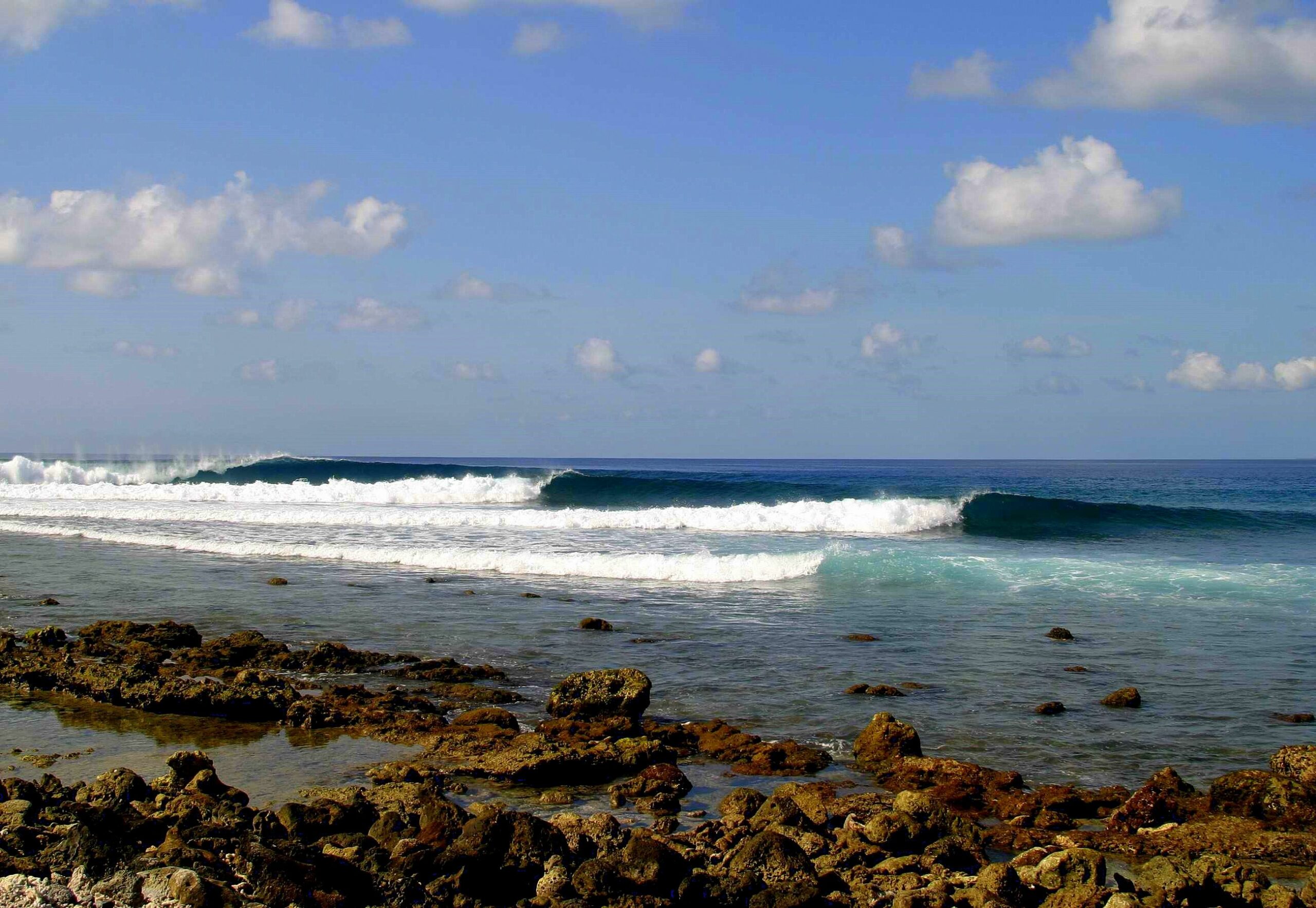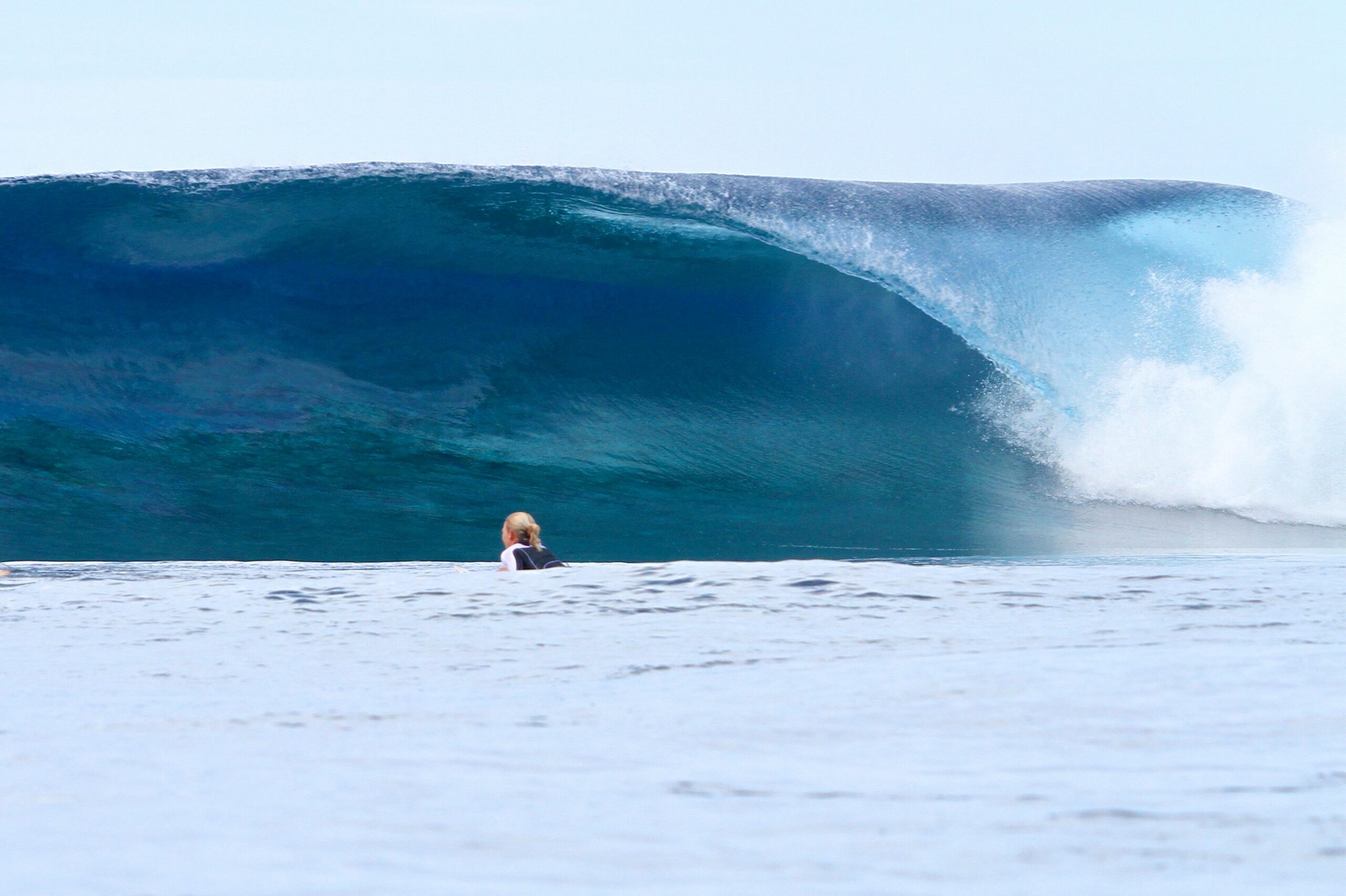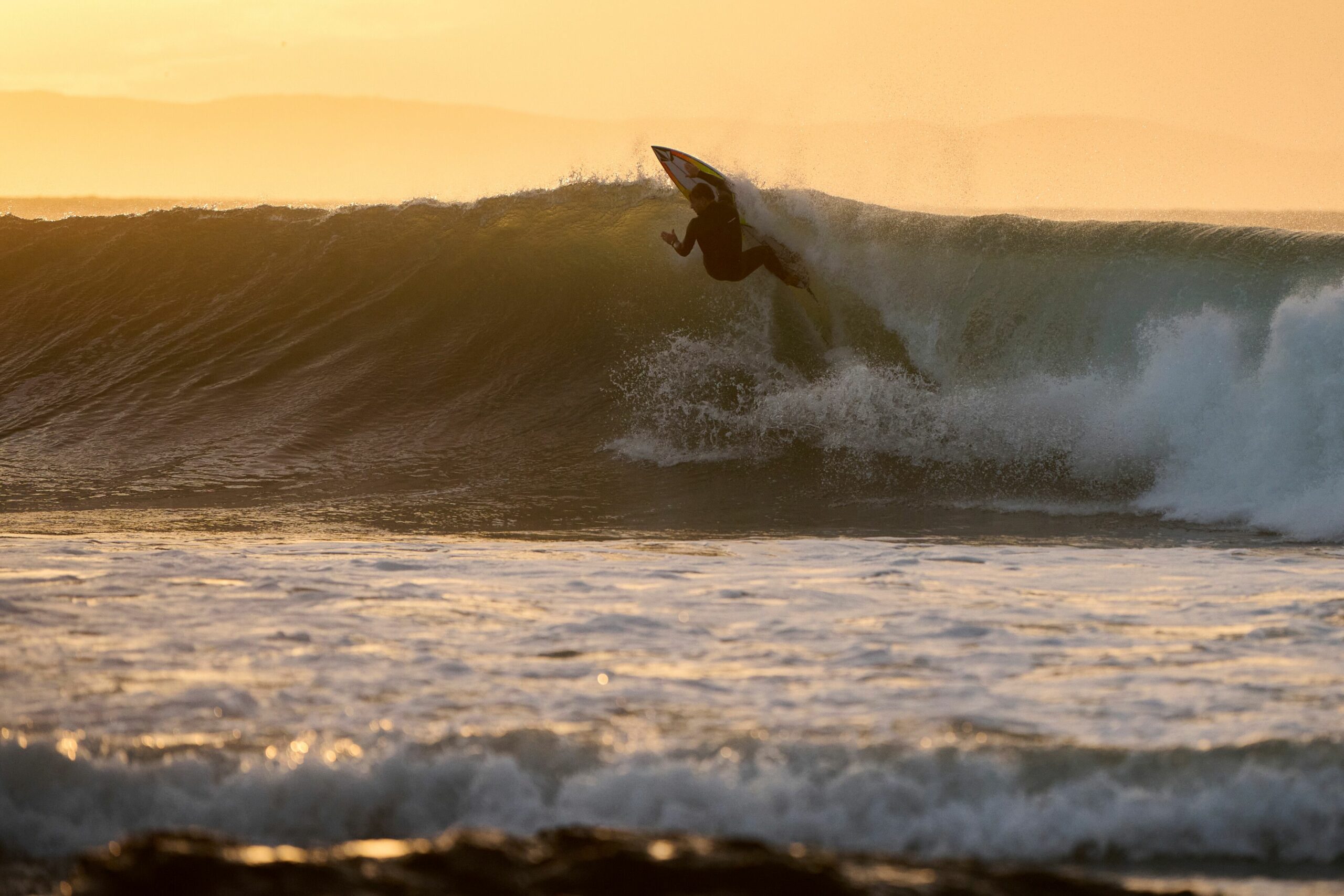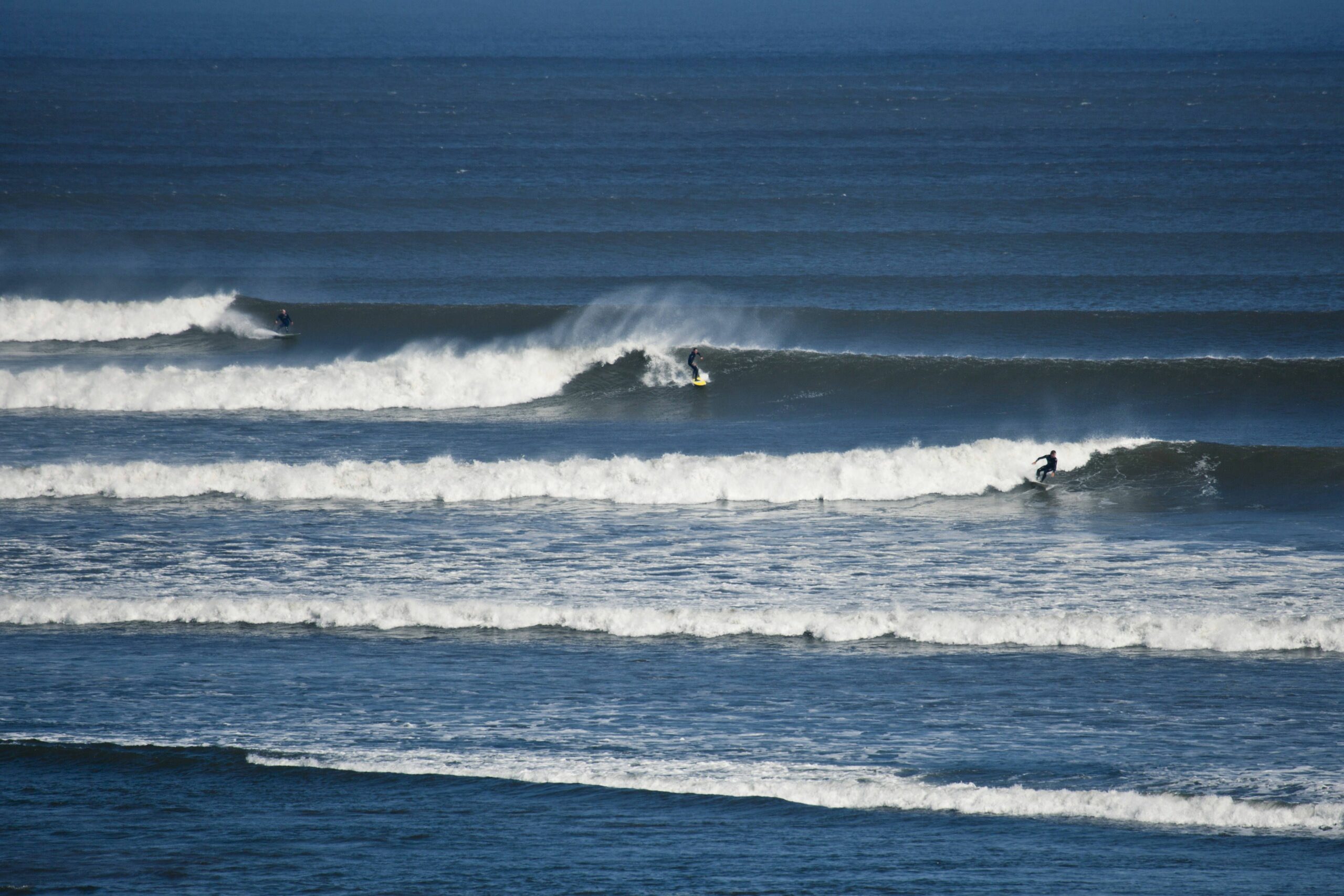These iconic waves, and WaterWays destinations, had all been unridden until they weren’t. But which intrepid adventures surfed them first, and when? We delve into the origin stories of some of our favorite locations.

Grajagan, Indonesia
Grajagan is located on the very eastern tip of Java. The reef runs for almost a mile and has at least seven differently named sections.
The geographical prominence made it easier for American Bob Lavery to spot the reeling lefts from his plane window when flying from Jakarta to Bali in 1972. A few months later, with the aid of some Suzuki 70cc motorbikes and his good friend Bill Boyum, the pair hunted down the wave and scored an epic three-day swell alone. Bill and his brother would set up the world’s first surf camp soon after, with Gerry Lopez and Terry Fitzgerald as some of the first guests.
Through WaterWays, you can stay at the original Bobby’s Camp. The wave and prime location haven’t changed, though the transfer accommodation has been significantly upgraded in the 50 years of operation.
Pasta Point, The Maldives
The Australian surfers Tony Hinde and Mark Scanlon sailed from Sri Lanka to Réunion Island in 1973 when they ran aground in the northern Maldives.
Forced to hole up for a few months doing repairs, they quickly discovered the incredible potential of the archipelago. Scanlon pushed on, but Hinde decided to stay on and keep surfing. Eventually, he married a local woman, became a Maldivian citizen, and converted to Islam. Most remarkably, he kept the waves an open secret with just him and a few friends for 15 years. In the 1980s, he started Atoll Adventures and built the first surf camp at Pasta Point, his favourite wave of all his discoveries. That resort is now known as Cinnamon Dhonveli Maldives.
The original and the best, guests at the 4-star Cinnamon Dhonveli Maldives have exclusive access to Pasta Point, with surfer numbers limited to 33.


P-Pass, Caroline Islands
While some American GIs based in Guam may have surfed the waves of Pohnpei in the 1960s, the first named surfer was Mort McIntosh, who stayed for three weeks surfing in 1971.
20 years later, Santa Barbara surfer and skipper Alan Hamilton rocked up and is thought to be the first to surf Palikir Pass, now known as P-Pass. “I got a map of Pohnpei and saw Palikir Pass on it,” Hamilton told Michael Kew in his excellent Dispatches series on the wave. “I thought it looked like a good setup for surf. A local friend, Danny, had a little boat, and I said, ‘Danny, take me out to this pass.’ We went out there, and it was just this dynamite wave.”
The wave remained relatively off-grid till the early 2000s when surf magazines discovered the wave. The Pohnpei Surf Club was set up around the same time, and the wave is a 15-minute boat ride away for WaterWays guests who stay there.
Jeffreys Bay, South Africa
The Encyclopedia Of Surfing’s Matt Warshaw names Jeffreys Bay’s first surfers as ‘Gus Gobel, Brian McLarty and four other Cape Town surfers,” who surfed the pointbreak in 1964.
It is thought that the surfers tried to surf Supers but found that stretch too quick and hollow for their ten-foot logs and settled on the more mellow Point section. That session came a year after Bruce Brown had filmed Mike Hynson and Robert August discovering and riding “the perfect wave” at Cape St. Francis, just 20 miles to the north of J-Bay. By 1966, when the film was released, surfers had clocked that Cape St Francis was fickle and swell-protected. J-Bay, perhaps the world’s most perfect wave, was already attracting surfers from all over the world.
In the 1960s and 70s, J-bay surfers camped in vans and tents in the dunes behind the wave. These days, you can stay at the African Perfection guesthouse overlooking Supers.


Chicama, Peru
It seems the 1960s were a prime time to discover world-class waves by simply looking out the window of a plane.
That’s what Chuck Shipman did in 1966 when he saw ruler-edged lines pouring into Chicama on a flight back to his home in Hawaii from Peru. To his credit, Shipman didn’t keep his “discovery” quiet but phoned the news back to his surfer mates in Lima. A few months later, in September, top Peruvian surfers, including Carlos Barreda, Oscar Malpartida, and Ivo Hunza, drove the 400 miles north to surf the spot that is credited as the longest wave in the world.
Another group of well-travelled Peruvian surfers started the Chicama Surf Resort in 2006, and it has the best access to the wave that can run for over a mile.